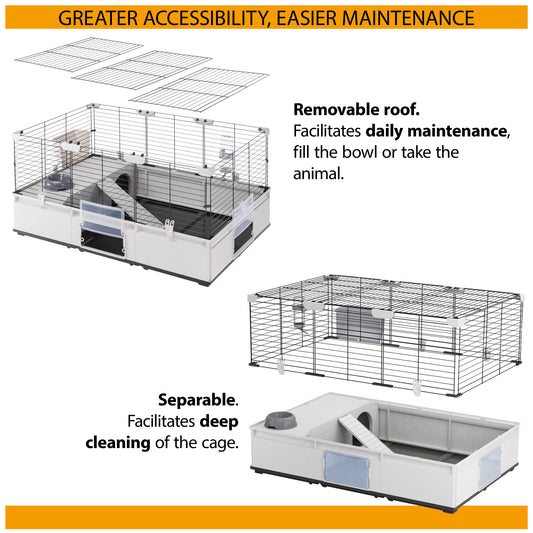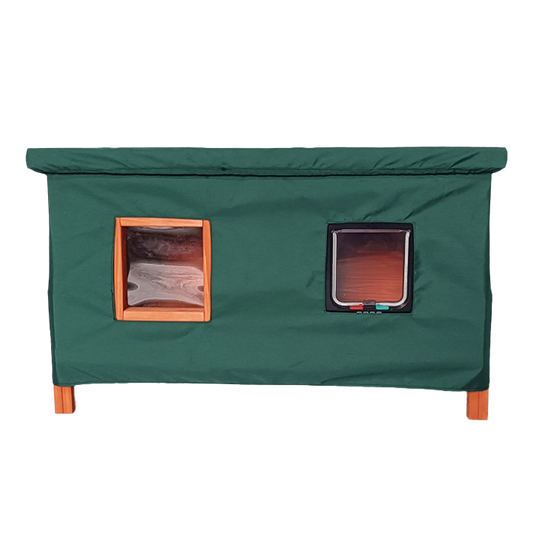By Karen Cornish
It’s National Take Your Dog to Work Day on June 23rd and if you think your place of work could benefit from a canine co-worker, now is the perfect time to try it!
With more employers recognising the benefits of pets in the workplace, the number of office dogs is on the rise. While not all jobs have pet-friendly workplaces, many work environments would suit dogs very well. However, cats being territorial animals are more likely to prefer being left at home.
Benefits of dogs in the workplace
Research conducted by the University of Lincoln revealed that employees who often take their dog to work with them report 22% higher satisfaction with their working conditions and dispelled the idea that dogs in the office were a distraction. Those who take their dog to work reported increased absorption in their work by 33.4% and in their dedication to work by 16.5%.
Having a dog with you at work is a good excuse to ensure you get outside at lunchtimes to enjoy your full lunchbreak, rather than just staying at your desk. Employees who go for a walk at lunchtimes return refreshed and are less likely to experience a mid-afternoon slump in energy.
Allowing employees to bring a dog to work has shown to be good for business. Pets are well-known to have an impact on our physical and mental health, and it’s been proven that stroking a pet reduces stress. With reduced stress levels and increased employee engagement, businesses are finding that staff in pet-friendly workplaces are happier and more productive at work.
In 2018, Nationwide, in partnership with the Human Animal Bond Research Institute (HABRI) found that 85% of employees in pet-friendly workplaces rarely take a day off work for wellbeing reasons compared to 77% in non-pet friendly companies.
Some of the world’s most forward-thinking companies actively welcome pets at work and offer dog-friendly office spaces. A pet-friendly office tends to imply a more casual, accepting and employee-focused company. Google, Amazon, Etsy and Airbnb are ahead of the pack, even offering perks for employees with furry friends, such as ‘pawternity’ leave when getting a new puppy or experiencing pet bereavement. Google’s corporate code of conduct states, Google’s affection for our canine friends is an integral facet of our corporate culture.
What to consider before you bring pets to work
Regardless of the proven benefits of having pets in the office, it’s not for everyone. Here are some things that need to be considered:
- Employers need to consider whether a pet-friendly policy is right for a particular workplace. This should include a consultation with existing staff on their views. If there are members of staff with pet allergies or phobias then it may not be possible to allow people to bring their pets to work. According to the Asthma and Allergy Foundation of America, 15-30% of people have a pet allergy.
- It is sensible for employers to draw up a list of guidelines for pet owners to agree to if they bring their dogs to work so everyone is aware of what is expected. This could include a certain level of hygiene, using parasite prevention and ensuring a minimum level of basic training for good behaviour.
- Owners should be honest about their pets’ suitability for the position of office dog. Dogs that are nervous, unsociable, unwell, or too full of energy will not make good canine co-workers.
- To get a new canine employee used to the workplace, introduce them gradually to avoid them becoming overwhelmed. Start off with just half days and not every day of the week if you can.
- Pet owners should make sure they are well-equipped to keep their canine co-worker comfortable and happy during working hours. A dog should have its own bed in a quiet corner, food and water bowls, and a chew toy or something similar to prevent boredom. Plenty of exercise beforehand will ensure a dog is more likely to settle, and don’t forget regular toilet breaks.
If you enjoyed this article, why not read:
Should I Let My Dog Sleep With Me?
How To Be a Responsible Dog Owner
Introducing Your Dog to Your New Baby









